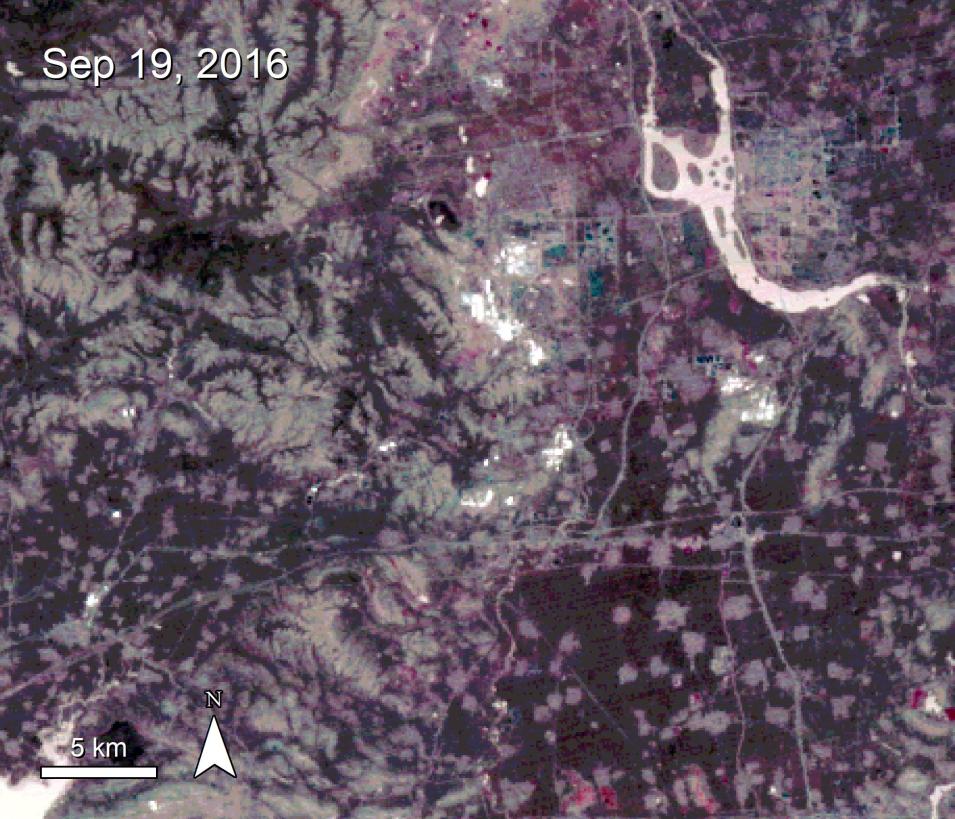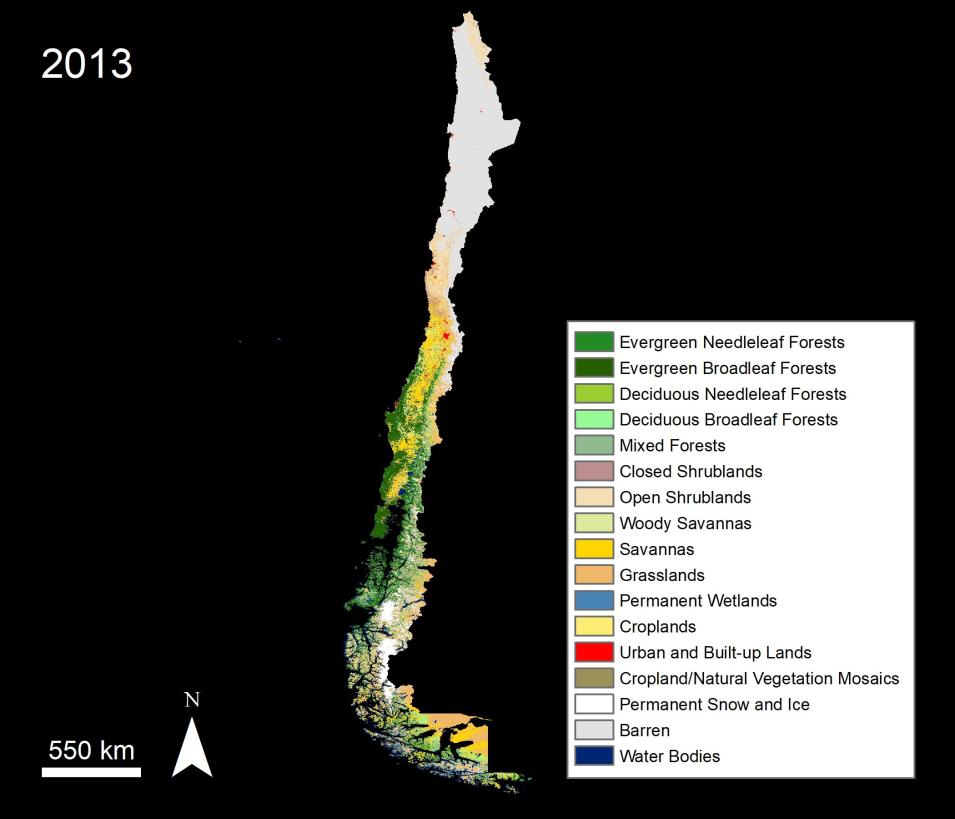Instruments and Techniques Used
The authors use the International Geosphere-Biosphere Programme (IGBP) layer from the Combined Terra and Aqua MODIS Land Cover Type (MCD12Q1) data product to derive a cropland mask over their study area, and the Land Cover Dynamics (MCD12Q2) data product to obtain start of season, end of season, and length of season data. They also use Normalized Difference Vegetation Index (NDVI) data from the Terra MODIS Vegetation Indices (MOD13A1) product to assess any productivity anomalies. In addition, they use satellite precipitation data, and climatic oscillation indices data from the National Oceanic and Atmospheric Administration (NOAA). The authors took two different prediction approaches. The first approach is optimal linear regression (OLR), where they look at each individual census unit and the single drought predictor that best explains inter-annual variability in the Z-scored cumulative NDVI. The other approach they use is deep learning (DL), where they use all drought predictors for all the census units identified in the study and combine them into a single spatio-temporal model.
Major Finding
The authors found that cumulative NDVI could be used as a proxy for crop productivity during the growing season and that it could be accurately predicted by OLR and DL models. The authors believe their methods could be used in other regions of the world with localized climatic oscillation indices and could be improved with additional drought predictors, such as temperature.
Author's Note: Zambrano and others (2018) used the Version 5.1 MCD12Q1 and MCD12Q2 data products in their research; both of these data products are now available as Version 6.
References
Publication Reference
Zambrano, F., Vrieling A., Nelson, A., Meroni, M., and Tadesse, T., 2018, Prediction of Drought-Induced Reduction of Agricultural Productivity in Chile From MODIS, Rainfall Estimates, and Climate Oscillation Indices: Remote Sensing of Environment, v. 210, p. 15–30. DOI: 10.1016/j.rse.2018.10.006
Data Granule IDs
- MCD12Q1.A2013001.h10v11.006.2018055005430
- MCD12Q1.A2013001.h11v10.006.2018055005520
- MCD12Q1.A2013001.h11v11.006.2018055005617
- MCD12Q1.A2013001.h11v12.006.2018055005539
- MCD12Q1.A2013001.h12v12.006.2018055005712
- MCD12Q1.A2013001.h12v13.006.2018055005723
- MCD12Q1.A2013001.h13v13.006.2018055005832
- MCD12Q1.A2013001.h13v14.006.2018055005837
- MCD12Q1.A2013001.h14v14.006.2018055005917
DOI
- 10.5067/MODIS/MCD12Q1.006


